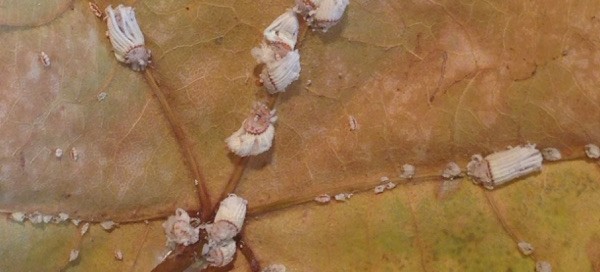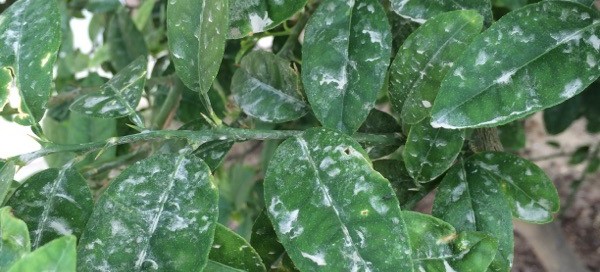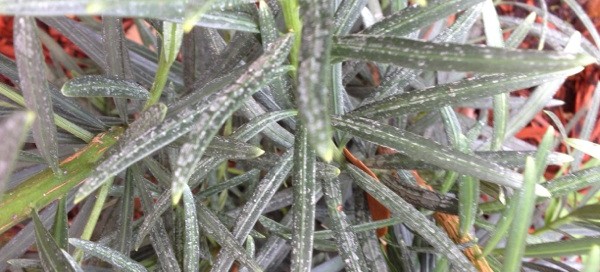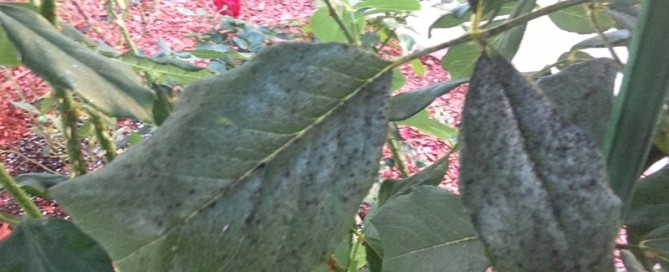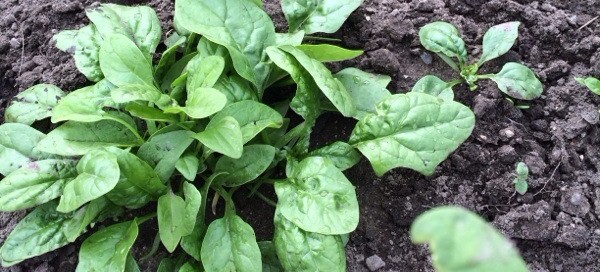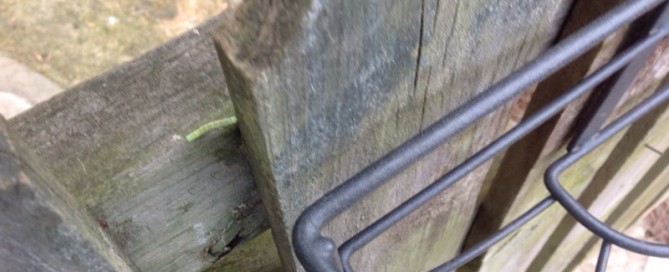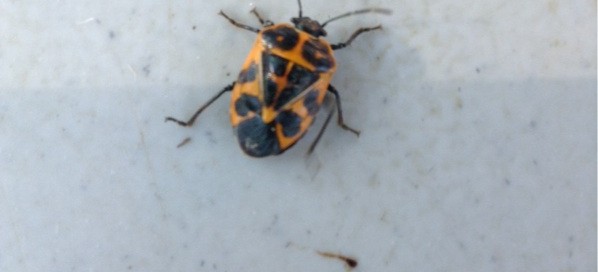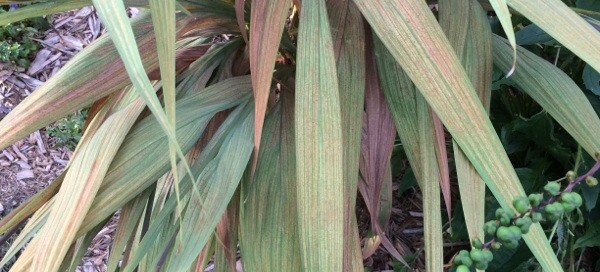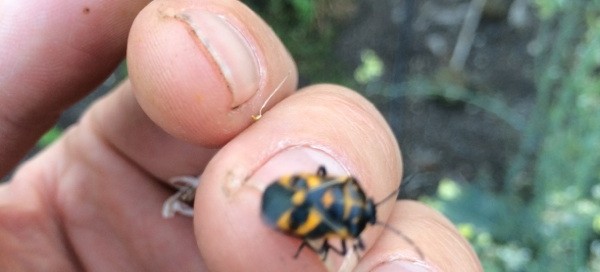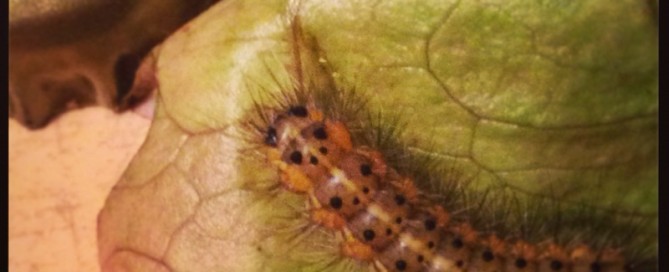Scale Infestation
This appears to be a type of scale, cottony cushion scale, and is a sap sucking insect that attaches itself to the leaves and stems. Wiping them off with a damp cloth can be effective if caught early, but yours may be more extensive. Organic controls include spraying with horticultural oil being sure to coat all leaf surface. Make sure you spray in the early evening to prevent sun scald. Or cut off the worst of the infected leaves if it will not defoliate your plant. If you wish to undertake chemical control, look for a systemic formulated for scale and for maple plants. Use according to directions for your plant.
Here is the same link on pests that you might find helpful: http://www.ipm.ucdavis.edu/PMG/PESTNOTES/pn7408.html
